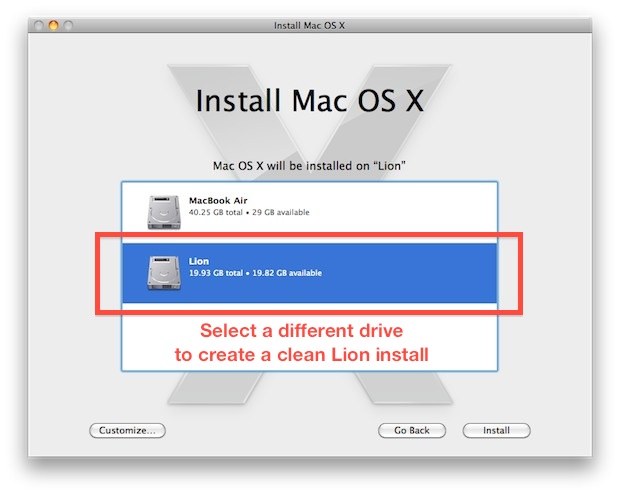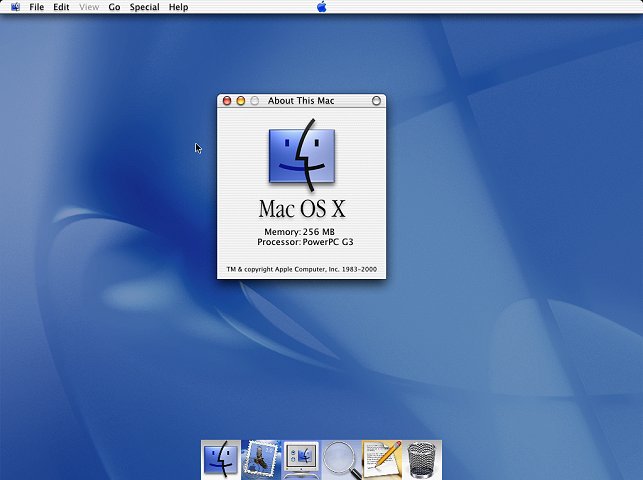

- #Mac os x images mac os
- #Mac os x images install
- #Mac os x images software
- #Mac os x images code
- #Mac os x images iso
#Mac os x images iso
Disk Utility will insist on saving the new ISO as a. In the Save As dialog that follows, select DVD/CD master. Open up Disk Utility and:įrom the menu bar, select Images > Convert and point it to your. This dmg file is in essence an ISO file in s slightly different format. In the folder that appears, open Contents > Shared Support you’ll see a disk image file called InstallESD.dmg Right-click (or Control+click) the installer, and choose Show Package Contents from the resulting contextual menu.
#Mac os x images install
It’s called Install OS X Mavericks.app and it should have been downloaded to your main Applications folder or be sat in your Dock. Once you’ve downloaded Mavericks, find the installer on your Mac. This is the official way to get the file direct from Apple, but there is still work to do to make it into an ISO: Once you have the installer downloaded and sat in your dock, you can simply pick it apart and get to the image file that is inside it. Macros can also have loops and simple arithmetic on image-derived values.There is no way to legitimately get the file without having access to a Mac, and a licensed copy of the OS via a purchase (unless you are a member of the Developer Program, for which you can expect to pay far more than the cost of the OS, what with it being free).īut if you can blag some access time on a Mac, then you can download the OS from the Mac App Store (You may need to Option+Click the Purchased section to force it to reshow them if you have downloaded them at least once already). Generate batch files or create your own OMA2 processing short cuts.

OMA2 commands into ASCII text files and execute them from within OMA2. What you need is not available then implement it yourself in C++ with the Source Code. Transforms - 2D-FFT, Gaussian smoothing, Contour aligned smoothing, 2D-Gradients. Transforms - scale, rotate, skew, filter, add, subtract. Support for 3-plane images including JPEG, HDR, TIFF, and RAW imports. Photometric Images with false color-maps. We encourage interested programmers to help implement future development directions and make suggestions. It is hoped that this move will create and foster a community of OMA users who (in finding solutions to their own specific imaging needs) are able to contribute to the development of functionality within OMA.
#Mac os x images code
OMA was sold commercially for while at US$1000 per copy, but in this new initiative both the Application and the Source Code are being released to the research community under the Gnu Public License (GPL). The current version doesn't have all of the commands of the old OMA, but more are being ported all the time. OMA2 runs in 64-bit mode, which provides performance enhancements. It is a Cocoa-based application that introduces a C++ image class, which allows easier implementation of new commands. This version is a complete re-write of the original OMA. OMA is a powerful control, acquisition and processing system for photometric images. Additionally, OMA is used in many labs as the front end interface for controlling I/O devices such as cameras, Digital I/O cards and stepper motors.
#Mac os x images mac os
It has since grown on Classic Mac OS to be a very powerful image processing platform.
#Mac os x images software
Originally written in assembly language on a PDP11 computer, the software has been around since the late 1970s.

The OMA program was developed by researchers as a way to investigate and post-process photometric images from CCD detectors used for laser-based imaging of reacting and nonreacting flows as well as some spectroscopic applications. The old version of OMA is still available here but because of changes in the Mac OS, OMA2 will be the focus of new development efforts.Ī complete re-write of OMA for the latest versions of the Mac OS includes a plugin for viewing OMA files in coverflow.Īcronym OMA stands for Optical Multi-channel Analyzer and is what Princeton Applied Research called their early SIT vidicon cameras.


 0 kommentar(er)
0 kommentar(er)
